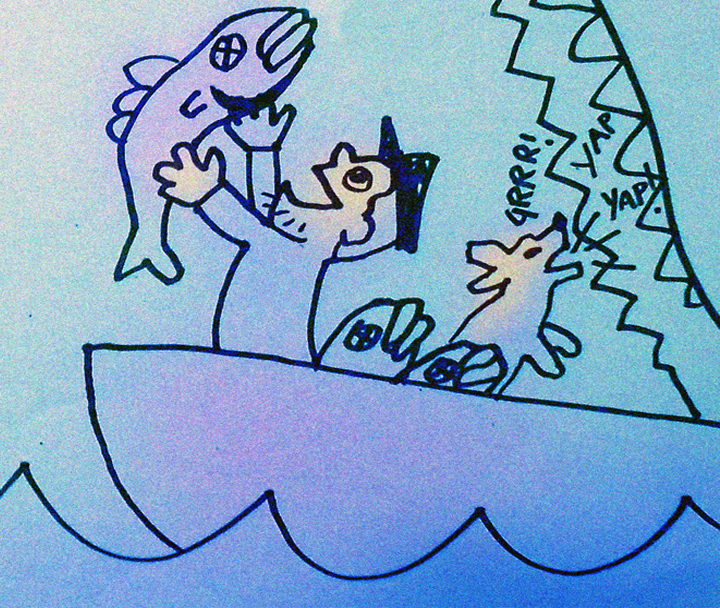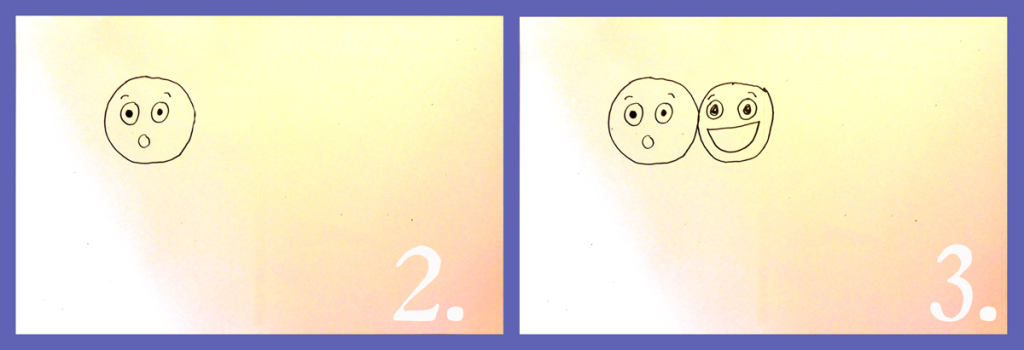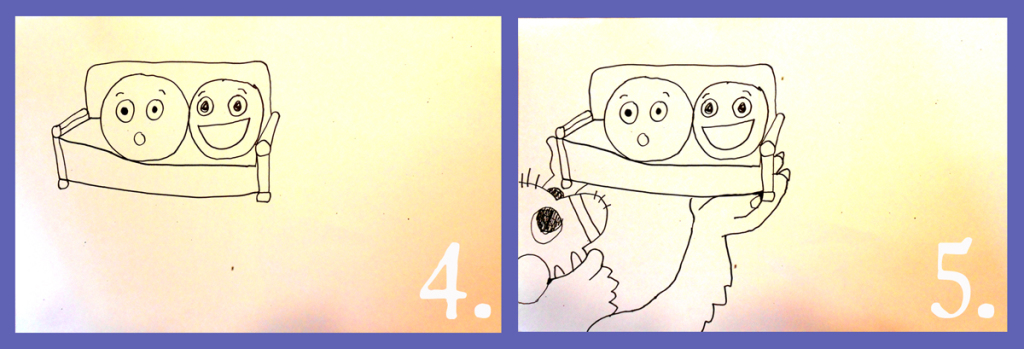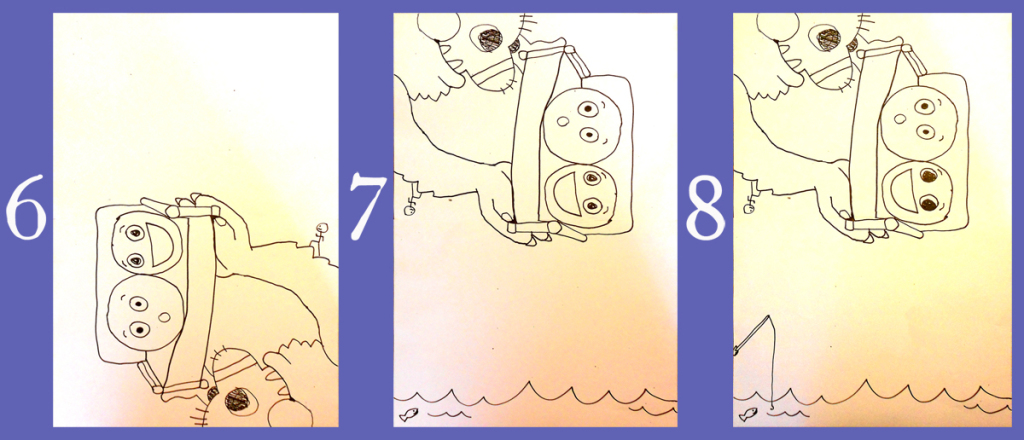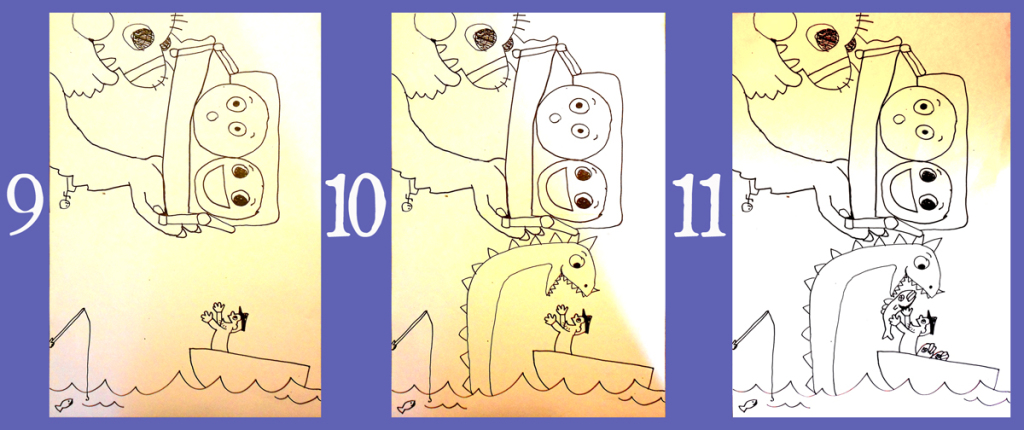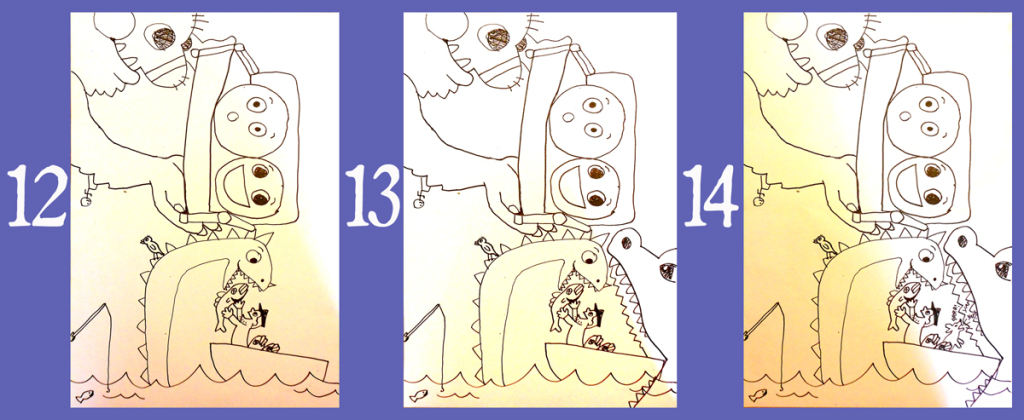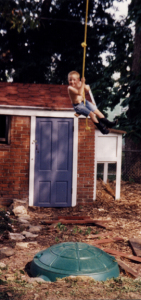
Just for fun, on Valentine’s Day, I want to tell you about a community art event that I and my church, Beggars’ Gate, put on at the city of Loveland’s Valentine’s Day festival.
I admit I am troubled over how divided and uncivil our nation has become. I got an idea for a project that would bring diverse festival-goers together in a fun, creative process that would end in an exciting collaborative result.
With my peeps at church and the Festival organizers on board, we contacted the owner of a boarded-up building downtown. He gave us permission to beautify his blank wall. Already there was lots of trust going around.
Here’s how it worked:
We laid out a giant 13 x 15 foot grid of 12 inch squares on the wall and painted a gold frame around it. We numbered the squares 1 thru 195. On my studio floor I transferred a (secret) design to 195 wooden foot square tiles. So each tile had part of giant drawing on it. I designated how each area of each tile must be painted in order to make this work: “L” for light, “M” for medium, and “D” for dark paint. Plus a few rare tiles with white, black, and red areas.
At the festival, our small army of volunteers instructed festival-goers in the process. Some of the tiles were impossible to mess up, provided the right color values were used, so even very small children and people with disabilities could (and did!) participate.
It was crazy and fun!
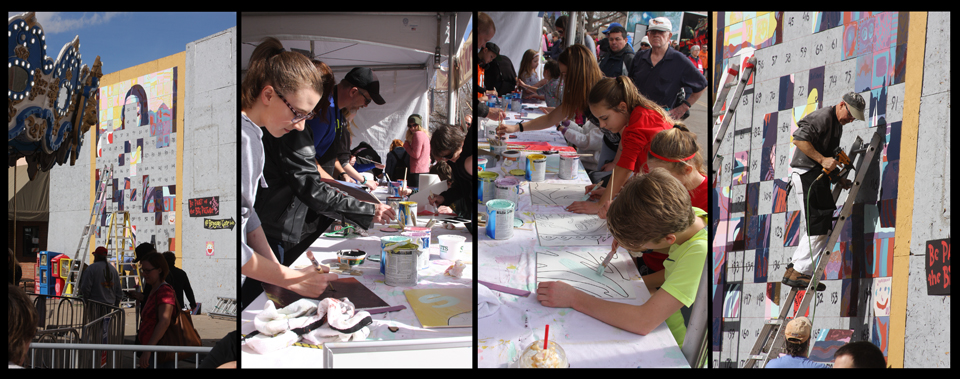
Unfortunately, this being our first time, there was a lot of guessing and estimating going on. We ran out of tiles and completed the image before the end of the second festival day. But Fire and Ice is a three day festival. So…one of my peeps ran out and purchased a stack of floor tiles. Another one cut some that needed cutting until we had another 100 blank squares. We contacted the building owner again for permission to attach a second mural to his wall. I worked into the wee hours to put together a (much simpler!) second design, and we were all ready for day 3 on Sunday.
A pastor friend, (who ended up hanging most of the Mona Lisa image on Saturday,) must’ve been struck with some deep thoughts while nailing up the creative expressions of nearly 200 people. What follows is what he wrote when he went home Saturday night. He read it to our little Beggars’ Gate congregation on Sunday morning. His name is John Meyer, and here are his thoughts:
The Mona Loveland
What do you see?
This community art piece is a great picture of one of the good things we believe about life.
Everyone is an individual, with different talents, different experiences, different likes. It is those differences that make this picture fun, interesting, and a bit unexpected.
But there is a bigger picture that comes together in a way that makes a beautiful whole out of all the individuality. It happened because each individual brought his or her own expression within the plan of an artist who had an intention from the beginning. It would have been nearly impossible for hundreds of individuals to make the Mona Loveland by talking among themselves. But by accepting (even without understanding) the greater plan of the artist, the unique expression of each individual created something that included everyone, and has a greater meaning and beauty that only exists because everyone came together.
We think this is a good picture of God’s plan for life. Each of us is made wonderfully unique by Him. Just as no two snowflakes are alike, and no two sets of fingerprints are alike, every person has unique and wonderful traits that are found in no other life.
But none of us are meant to be a complete picture alone. We are made for community. The Designing Artist has had a plan from the beginning to allow us to experience both our individuality and the greater good of a community living together.
It is from both living out who we are, and expressing that uniqueness within the “lines” and plan the Designing Artist has for each life, that allows us to experience the beautiful picture of human community to come together.
Our goal is to help individuals appreciate their own uniqueness, and to understand the plan of God that allows all of us to experience His good and bigger picture together!”
Beggars’ Gate Church
Loveland, Colorado
beggarsgate.com

The finished mural: “The Sweetheart City’s” own Mona Lisa, painted by local citizens…
I want to extend a big THANK YOU to the army of volunteers who enabled this event to happen for the community. They gave time, energy, and resources to make this event free for everyone else. ‘God bless em’ all!
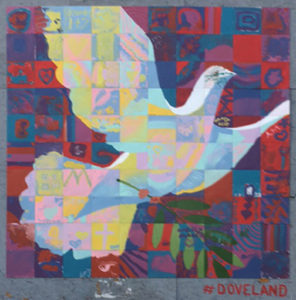
This is the completed second mural.

